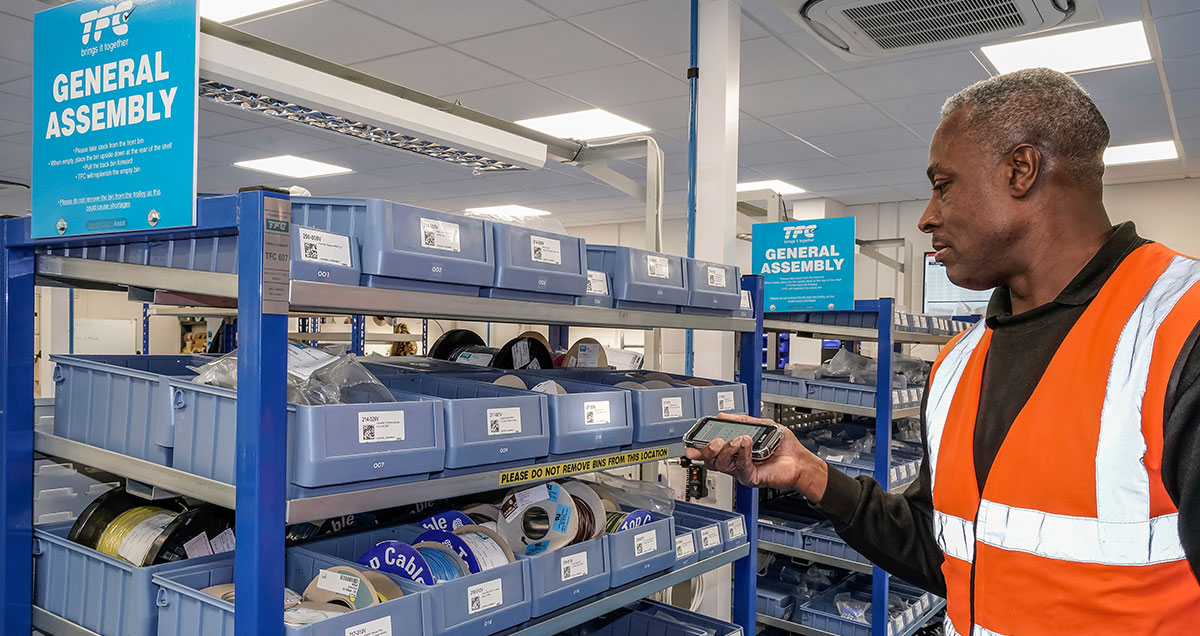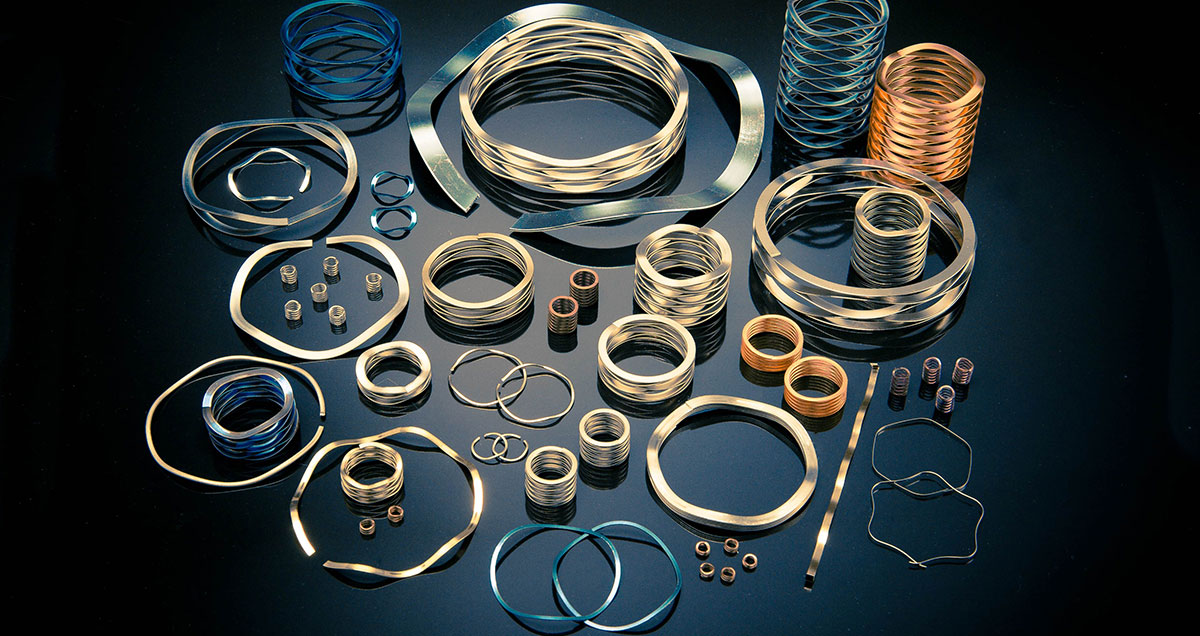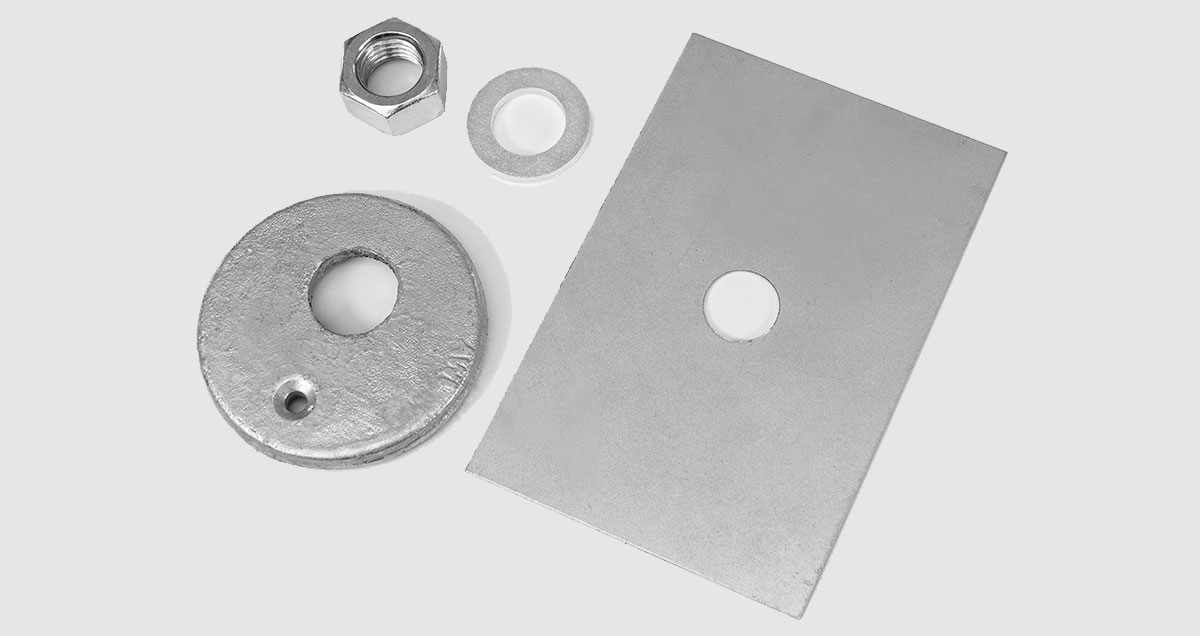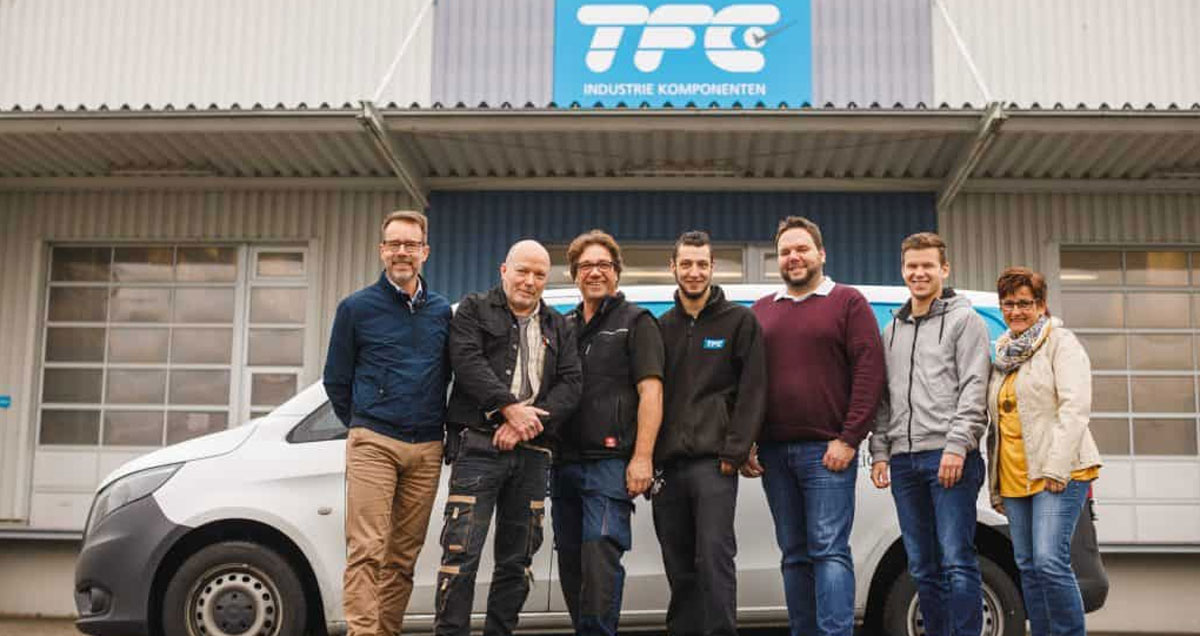
Welcome back to Smalley Talk. This time Justin Lawrence answers some questions about retaining ring gaps and improving the performance of a retaining ring in a high RPM application.
How do TFC’s Smalley engineers determine the size of retaining ring gaps, and what happens if a retaining ring is compressed such that the free ends touch?
Retaining ring gaps are calculated and based on the application dimensions, installation/removal methods and our manufacturing capabilities. Smalley standard rings are designed such that the gap ends do not touch during installation. If the ring ends touch when compressed, it could jam and possibly deform or damage the ring and/or assembly. Consult our engineering team to review your application and installation requirements.

What can TFC do to improve performance in high RPM applications?
The rotational capacity is a function of several parameters, including material thickness, radial wall and the amount of cling in the groove. Internal rings are generally not sensitive to high rotation speeds it is the external rings that we need to consider carefully. For high speed rotation we may need to consider using a locking feature, consisting of a tab and a slot so that when the ring expands due to centrifugal force, it is restricted by the tab contacting the edge of the slot. In some applications it may also be necessary to consider balancing the ring. Spirolox are already very well balanced due to their form but this can be improved for highly sensitive applications with the addition of balancing slots.

Latest News From TFC
Catch up on all of the latest supply chain, fastener industry and company news from TFC Ltd.
Catch up on all of the latest supply chain, fastener industry and company news from TFC Ltd.



















